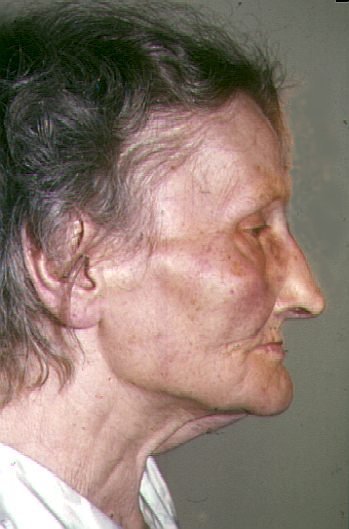| contents
| Trigeminal neuralgia |  |
| Diagnosis of trigeminal neuralgia is based on anamnestic information and clinical signs. Sudden pain flashes unilateral in the face will follow slightly touching the skin, talking or eating. The absence of any stimulus during the night gives some relieve. Attacks occur in irregular periods. Elderly people are prone, men more then women, to neuralgia. The trigger level can be lowered by inflammatory processes in the region like sinusitis and vestibulitis. Among the neuralgia patients a relative high incidence of hypertension is found. The underlying pathology is unclear. Intra cranial vascular compression is suggested. Otherwise degenerative changes in the myelum as a consequence of insufficient capillary perfusion of the vasa nervorum may give a comprehensible explanation. In sialochemistry a relative high sodium reabsorption is found. This is consistent with an insufficient perfusion of the gland. In reaction the gland's activity changes to urge more secretory units to produce saliva at the same time. This results in a moderately elevated output after stimulating while the saliva preserves the resting values of its components. Conservative treatment is preferred where possible and with regard to age and condition of the patient. The complete relief after local anesthesia gives a sense of security and confidence in the therapist. Apart from the widespread use of carbamazepine and coagulation techniques a focus on the capillary system is worth the effort. To protect its functions calcium overload blockers like flunarizine deserve a trial. |